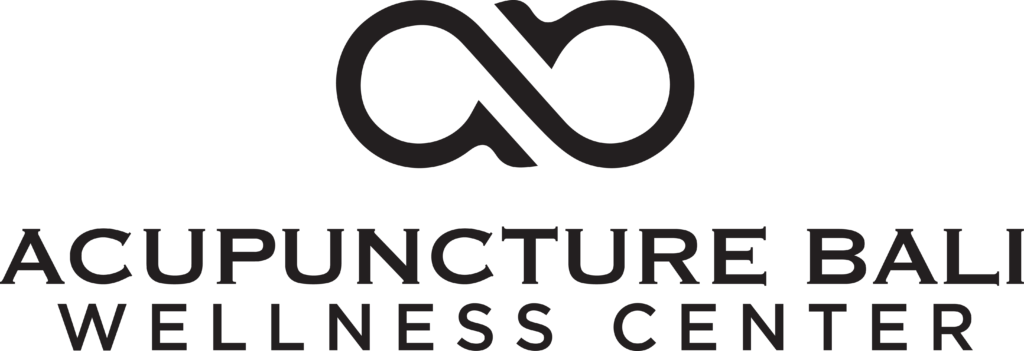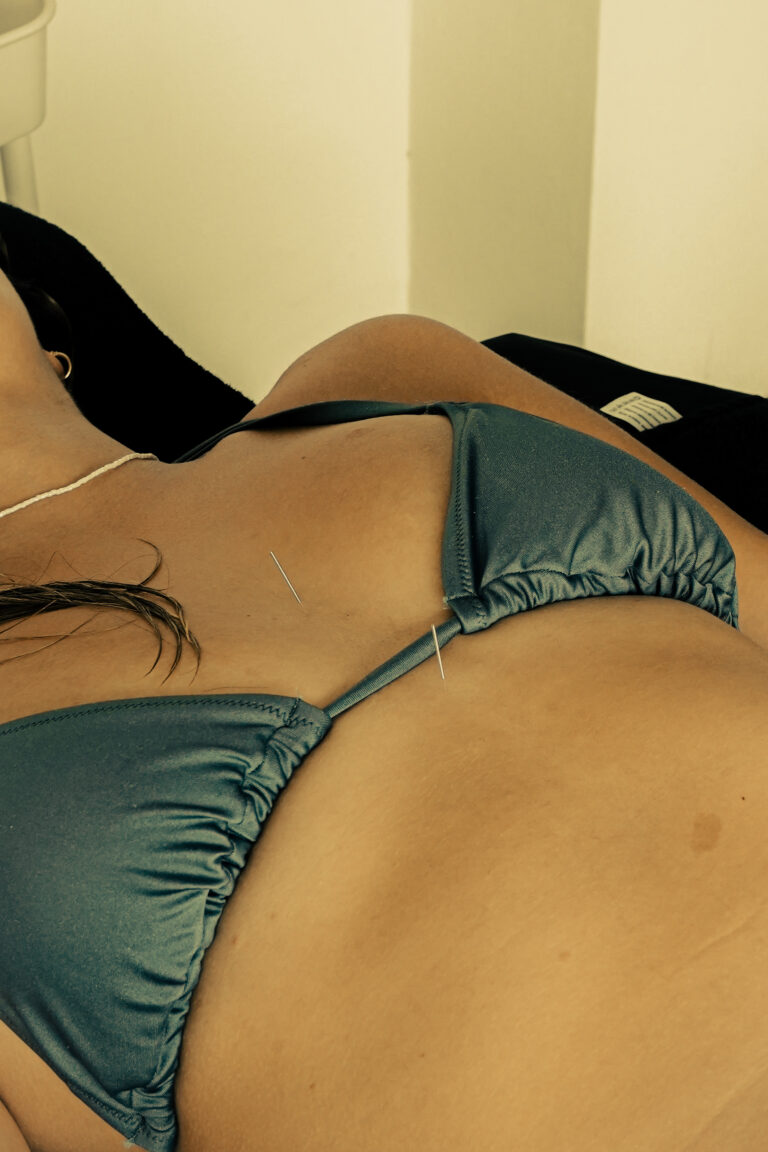Acupuncture is an ancient practice rooted in Traditional Chinese Medicine (TCM), dating back over 2,500 years. It involves inserting thin needles into specific points on the body to balance the flow of energy, known as Qi (pronounced “chee”). This technique is believed to stimulate the body’s natural healing processes and promote physical and emotional well-being.
Historical Background
Acupuncture’s origins can be traced to ancient China, where it was first documented in texts like the “Huangdi Neijing” (The Yellow Emperor’s Classic of Internal Medicine). These early texts describe the use of needles and elaborate on the concept of meridians, the pathways through which Qi flows. Over centuries, acupuncture evolved, spreading to neighboring countries and eventually to the Western world.
How Acupuncture Works
The fundamental principle of acupuncture is the concept of Qi, which flows through the body along pathways called meridians. When Qi is blocked or imbalanced, it can lead to pain and illness. By inserting needles into specific acupoints, practitioners aim to restore the balance of Qi, thereby alleviating symptoms and improving overall health.
Benefits of Acupuncture
Numerous studies have shown that acupuncture can be effective for a variety of conditions, including chronic pain, migraines, anxiety, depression, and insomnia. It is also used to boost the immune system, improve digestion, and enhance overall well-being. The World Health Organization (WHO) recognizes acupuncture as a viable treatment for over 100 different ailments.
Modern Acupuncture
Practice Today, acupuncture is widely accepted in many parts of the world as a complementary therapy. It is often integrated with conventional medical treatments to enhance healing and provide relief from various conditions. Many patients report significant improvements in their health and a greater sense of well-being after undergoing acupuncture sessions.
Conclusion
Acupuncture, with its deep historical roots and proven benefits, continues to be a valuable tool for promoting health and wellness. Seeking relief from chronic pain or aiming to enhance overall health, acupuncture offers a natural and holistic approach to healing.










